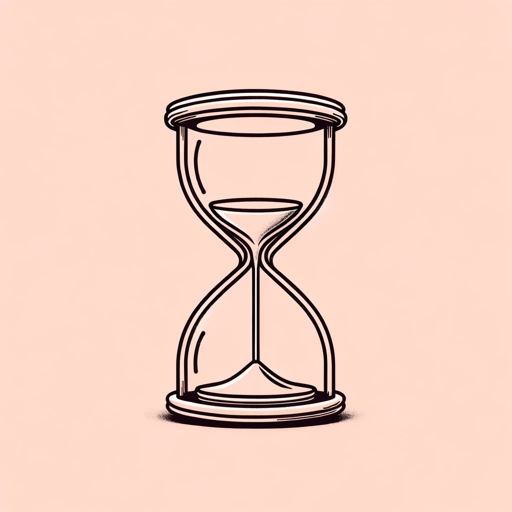30 pages • 1 hour read
F. Scott FitzgeraldThe Curious Case of Benjamin Button
Fiction | Short Story | Adult | Published in 1922A modern alternative to SparkNotes and CliffsNotes, SuperSummary offers high-quality Study Guides with detailed chapter summaries and analysis of major themes, characters, and more.
Themes
Time and Aging
The reverse-aging premise of “Benjamin Button” allows Fitzgerald to explore time and its relation to human aging. There are multiple strands of time in the text: historical time, personal time, remembered time, and what one might call metaphysical time.
The personal strand is the one Fitzgerald pulls, teasing it out by running one character’s aging experience in reverse while those around him age normally. Historical, personal, and metaphysical time are usually all in accordance. “Personal time” is the aging process, the natural evolution of an individual who is born and grows, reaches a prime, slowly declines, and finally dies. “Metaphysical time” is the foundation, the eternal flux, the flowing passage, that the individual experiences as aging. Metaphysical time moves in one direction only. Benjamin Button is moving forward in time but backward in age. Readers can confirm that he’s moving forward in time by looking at the progression of “historical time” marked in wars and technological changes that affect Benjamin and everyone else around him. Readers can contrast this depiction with Martin Amis’ novel Time’s Arrow in which time moves backward and where death is the birth of each character equally. Time itself is not reversed in “Benjamin Button”; only aging is.
Related Titles
By F. Scott Fitzgerald

Babylon Revisited
F. Scott Fitzgerald

Bernice Bobs Her Hair
F. Scott Fitzgerald

Crazy Sunday
F. Scott Fitzgerald

May Day
F. Scott Fitzgerald

Tender Is the Night
F. Scott Fitzgerald

The Beautiful and Damned
F. Scott Fitzgerald

The Diamond as Big as the Ritz
F. Scott Fitzgerald

The Great Gatsby
F. Scott Fitzgerald

The Last Tycoon
F. Scott Fitzgerald

This Side of Paradise
F. Scott Fitzgerald

Winter Dreams
F. Scott Fitzgerald

